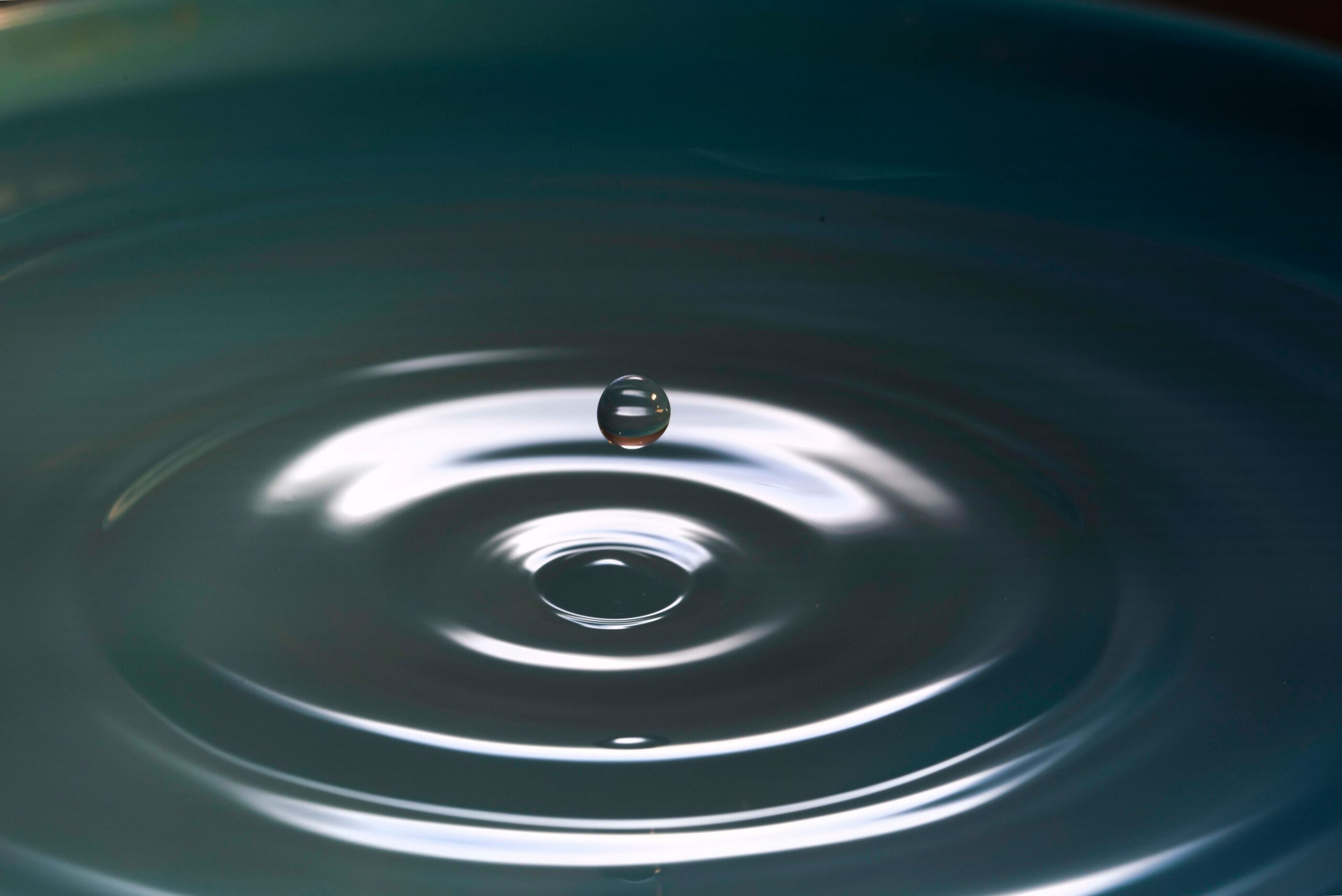Adapted from ‘Breakthrough in Electrolyzer Efficiency’ by Paul Martin – Chemical Engineer and Process Development Expert.
Green hydrogen, the only near-zero emission form, requires so much energy to produce that its resulting energy inefficiency is its greatest weakness.
This form of hydrogen is made using electrolysers, which split water into hydrogen and oxygen in the process of electrolysis, powered by renewable electricity generated from wind or solar energy.
We’ll need lots of electrolysers, running on renewable or nuclear electricity, to replace the tens of millions of tonnes of hydrogen currently made from fossil fuels without carbon capture. This hydrogen is used to make chemicals and fertilisers – all uses which will be needed post-decarbonisation.
Yet electrolysers are no exception to hydrogen’s overarching efficiency problem.
Several companies have announced “breakthrough” advancements in hydrogen electrolysis in recent years, claiming to have developed next-generation electrolysers that work with 95% efficiency in the lab.
While these electrolysers may have the potential to marginally improve the energy efficiency of electrolysis, they unfortunately do not address the fundamental problem of the process – it destroys exergy.
Exergy – is that a typo?
No. It’s time for some brief, and very simplified, physics definitions.
- Energy is the capacity to supply heat or do work.
- Heat is the transfer of thermal energy between systems (i.e. boiling water), while work is the transfer of mechanical energy between two systems (i.e. moving a vehicle).
- Exergy is, most simply, a measure of the potential of a unit of energy to do work.
Not all energy is created equal. While a joule of room temperature heat and a joule of electricity are both one joule of energy, the former has zero exergy while the latter is almost pure exergy.
Electricity, almost pure exergy or potential to do work, can thus be converted with very high efficiency into work i.e. mechanical energy.
The same cannot be said for hydrogen, which as chemical potential energy and thus a proxy for heat, has much lower exergy or potential to do work.
As a result, an electrolyser converts pure exergy (electricity) into much less (hydrogen) – ultimately creating a far less useful form of energy.
This is the fundamental problem with using hydrogen derived from electricity as a fuel or energy storage medium: even at high energy efficiency, making hydrogen from electricity is a huge step backward in exergy efficiency.
Cycle efficiency
No matter how efficient the electrolyser, it cannot compensate for this destruction of exergy.
Examining the cycle of hydrogen’s use as a fuel or energy carrier makes this clear. This involves converting electricity into hydrogen through electrolysis, preparing hydrogen for storage through compression or liquefaction, and converting hydrogen back into electricity through a fuel cell, turbine or other device.
Some argue that this cycle is 100% energy efficient, which it is: at turning electricity and its exergy into heat, the majority of which is waste heat that rarely has a meaningful use.
Using figures based on state-of-the-art electrolysers currently in operation, and not accounting for the many energy-draining factors in real-world systems such as losses during transmission, the individual processes of the cycle have the following best-case efficiencies:
- Electrolysis operating at 70% Lower Heating Value (LHV) efficiency (1);
- Compression for hydrogen storage at scale operating at 90% efficiency (2);
- A fuel cell or combined cycle gas turbine power plant operating at 60% LHV efficiency.
Multiplying these individual efficiencies finds that just over a third of the original energy input into the cycle remains available for work by its end – a cycle efficiency of about 37%, meaning 63% of the original energy has been lost.
This means that for every 3 kilowatt-hours (kWh) of electricity fed into the hydrogen cycle, just 1 kWh will be produced from a fuel cell at its end.
What about new electrolysers claiming 95% efficiency?
Increasing the efficiency of electrolysis to the 95% Higher Heating Value (HHV) efficiency claimed by various companies – which would change the 70% LHV value in our calculation to 80% – would ultimately only increase the cycle’s overall efficiency from 37% to 43%.
These new electrolysers currently have a low technology readiness level with unknown capital costs, durability and efficiency losses over time.
The fundamental problem is not the efficiency of electrolysis, but the fact that it destroys exergy: taking useful energy in the form of electricity and converting it into something else, which later needs to be inefficiently converted back in order to be useful again.
Because of this, even the most revolutionary electrolyser with unprecedented levels of energy efficiency will have limited impact on the poor cycle efficiency of green hydrogen’s use as a fuel or energy carrier.
Footnotes:
(1) Current state-of-the-art water electrolysers operate at 83% Higher Heating Value (HHV) efficiency, and the LHV efficiency is reached by subtracting 6.1 kWh/kg of heat energy that no fuel cell or engine can put to use.
(2) This efficiency falls rapidly at a smaller scale.



